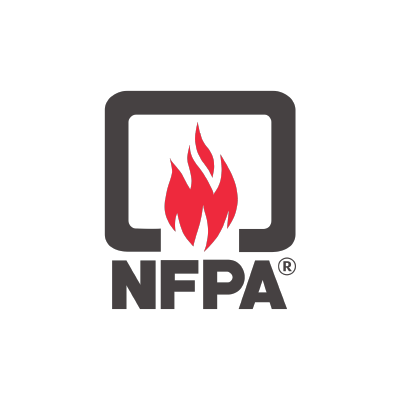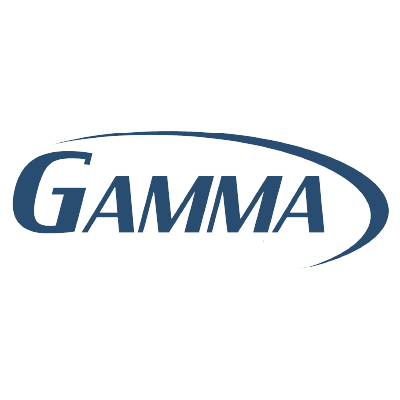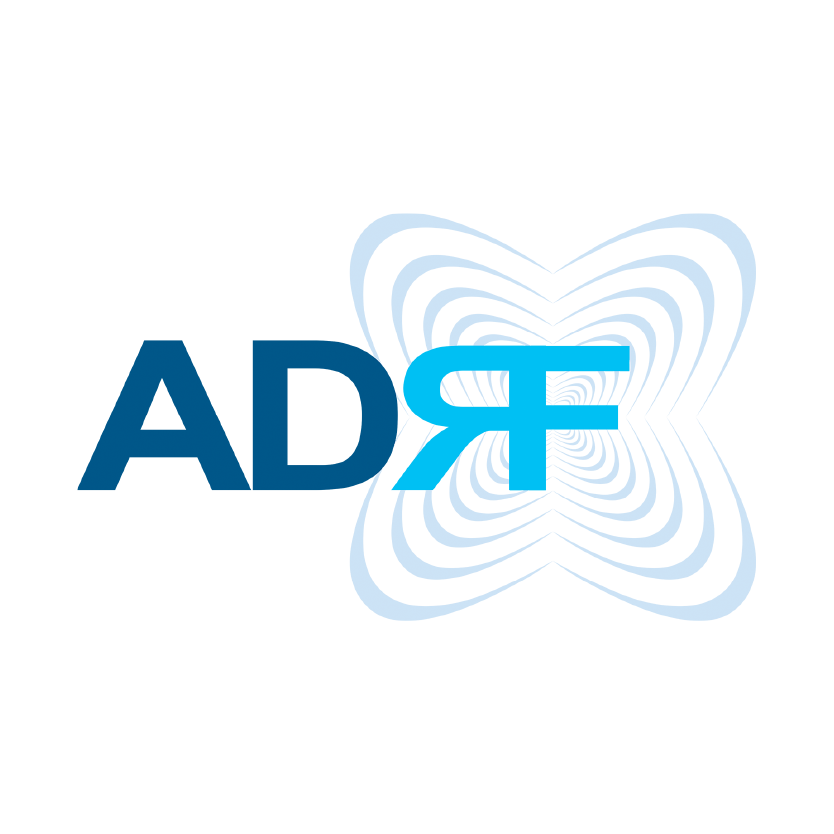Understanding
the Problem
In many buildings, radio signals can’t reach critical areas like stairwells, basements, or mechanical rooms. This creates serious risks during emergencies, when clear communication is vital for first responders and occupant safety. Without a compliant system in place, buildings may also fail inspection or delay occupancy.
Why do I Need In-Building Public Safety Communication System?
Also known as "signal boosters," Bi-Directional Amplifiers (BDA) and Distributed Antenna Systems (DAS) bring wireless signals from outside your building and amplify them and distribute coverage evenly throughout the structure which enable emergency communications for 1st responders when needed.
Testing and enhancing your building as needed is a requirement set forth in the International Fire Code (IFC) and National Fire Protection Association (NFPA) fire codes and are adopted by local and State jurisdictions throughout the United States.
These systems are complex and require proper engineering, design, and installation to ensure they meet code requirements and function reliabiliyty for your specific building needs.
-
All Authorities, Federal, State, and local (AHJs) now mandate Emergency Responder Communication Enhancement Systems (ERCES). With varying interpretations and requirements of the code, we can help you move through the process. Please contact us for specific requirements for your area.
-
All buildings present unique challenges for system installation and operation due to their building materials. location, aging structures, thick walls, or complex layouts. This can make integrating modern building systems difficult.
Radio signals struggle to penetrate or travel in certain environments:
🧱 Concrete & Brick Walls – Absorb and weaken radio frequencies.
🪟 Low-E Glass / Tinted Windows – Reflect and block external signals.
🏗️ Steel & Metal Structures – Create barriers and reflections that kill signal strength.
🛋️ Dense Interiors – Drywall, insulation, and furniture cause additional attenuation.
⬇️ Underground Spaces – Parking garages, basements, tunnels receive almost no signal.
📶 Large Floorplates – Distance from exterior walls makes interior areas “dead zones.”
At Code Ready Communication, we specialize in designing and implementing solutions that overcome these obstacles, ensuring reliable, code-compliant, and future-ready systems for any building.
-
Since 1970, there have been over 2,380 school shooting incidents in the U.S. Alarmingly, about 34% of these—over 800 incidents—have occurred since the Sandy Hook tragedy in 2012. In these moments of crisis, first responders need reliable communication in every part of the building to coordinate response and save lives.
FIRE CODE
Code Compliance: NFPA & ICC
In-building communication systems like DAS and ERCES are no longer optional–they’re required by fire code in most jurisdictions. Staying compliant means understanding national standards like NFPA and IFC, as well as local amendments and enforcement by your AHJ. We help you navigate the code with clarity, so your building stays safe–and approved.
FAQ
Have Questions?
You’re Not Alone.
Here are some of the most common questions we get about DAS, code compliance, and getting started.
-
A DAS (Distributed Antenna System) is a network of spatially separated antennas connected to a common source that sustains wireless communications and work together to provide improved wireless coverage within a building, across a campus, or in areas where traditional cellular or radio signals are weak.
-
A Distributed Antenna System (DAS) is vital in places where standard wireless signals can’t reliably penetrate. These weak spots are common in large, complex, or dense buildings and areas, where concrete, steel, glass, or underground spaces block communication signals. A DAS saves lives in emergencies, ensures compliance, improves daily wireless reliability, and future-proofs large facilities.
-
Yes — in many cases a DAS (Distributed Antenna System) or BDA (Bi-Directional Amplifier) is required by code, but it depends on the type of building, the jurisdiction, and the applicable fire/life safety standards. DAS (specifically Public Safety DAS/BDA) is code-mandated when a building fails emergency responder radio coverage tests above 12K Sq ft. The exact enforcement and thresholds are determined by the local AHJ, based on NFPA 1225 and IFC 510. Even when not required, DAS improves safety and cellular coverage inside buildings.
-
All Buildings are built according to strict fire codes and regulations. Fire codes IFC 510 & NFPA 72 require Emergency Responder Radio Coverage (ERRC/ERRCS) which clearly define that an in-building solution is required where signals are weak or blocked. All Buildings with failing signals require enhancement. Building that commonly need DAS include:
High-rises and large commercial buildings
Hospitals and healthcare facilities
Schools and universities
Airports, train stations, and other transportation hubs
Government and public safety facilities
Stadiums and entertainment venues
Any building where reliable cellular or public safety communication is critical can benefit from DAS installation.
-
Implementing a Distributed Antenna System (DAS) starts with understanding your building’s coverage needs. Begin with a site survey to identify signal gaps, define whether you need public safety, cellular, or both types of coverage, and engage experienced engineers to design a tailored solution. After professional installation, thorough testing ensures reliable performance, and ongoing maintenance keeps your system compliant and fully operational. Get started today.







